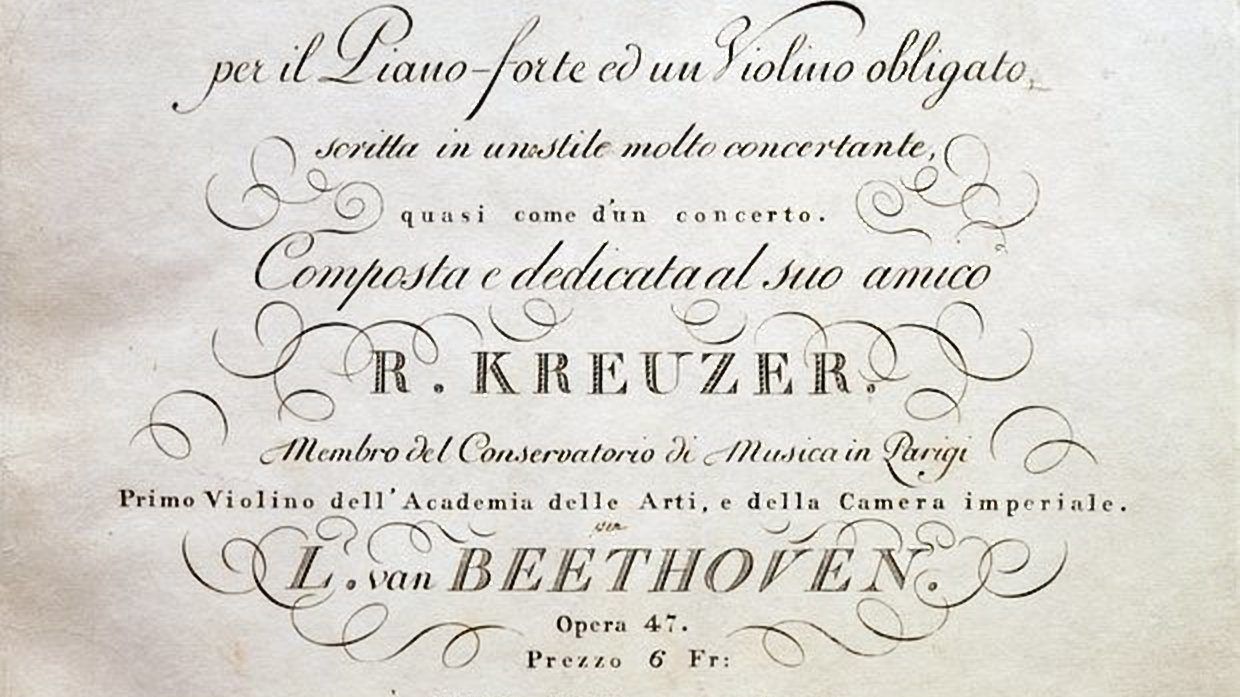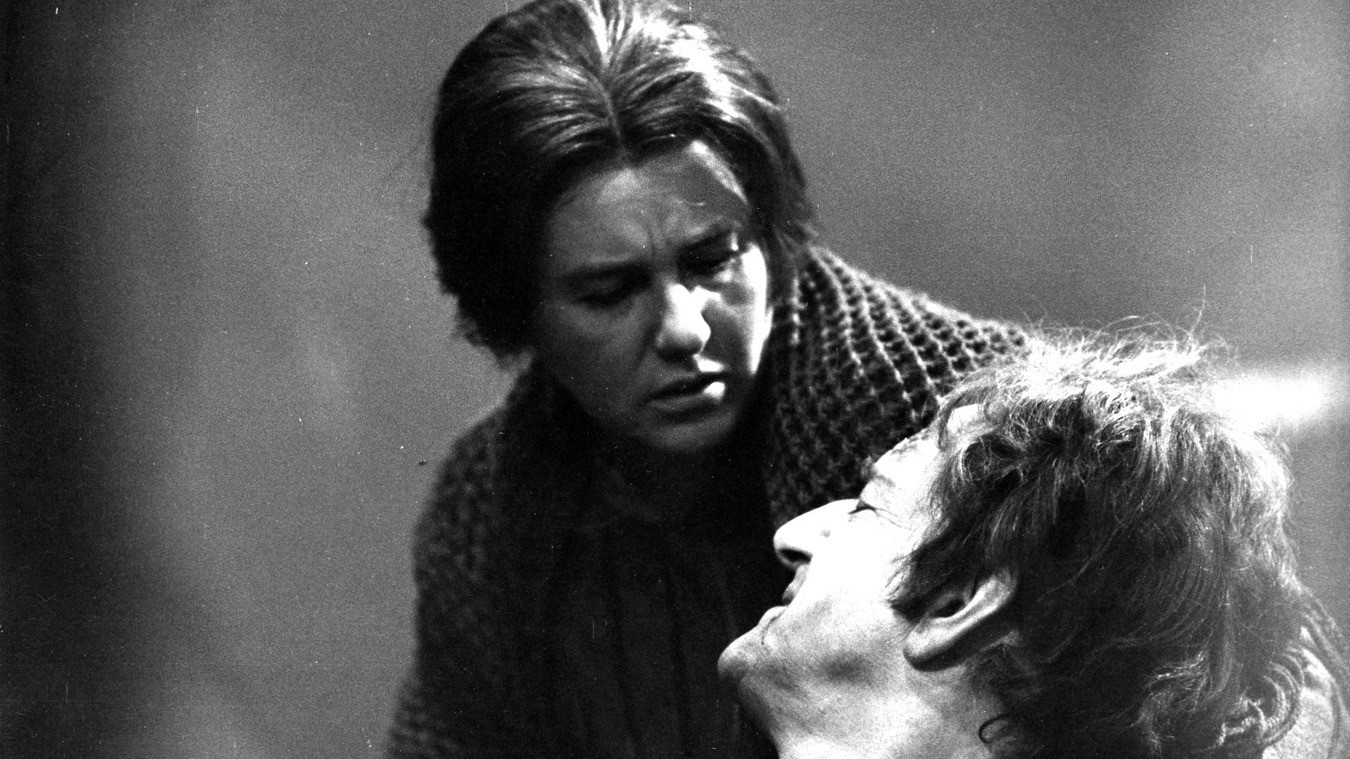C.P.E. Bach’s D Major Symphony, Wq. 183/1: A Wildly Adventurous Romp
Daring and wildly adventurous…These are words which could describe Symphony No. 1 in D Major, Wq. 183/1 by Carl Philipp Emanuel Bach (1714-1788). C.P.E Bach, the second surviving son of J.S. Bach, wrote this music (scored for two flutes, two oboes, bassoon, two horns, strings, and continuo) around 1775. It’s a thrilling Sturm und Drang rollercoaster which seems to have influenced similar symphonies by Haydn and Mozart. Perhaps the “craziness” of this music even set the stage …







